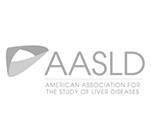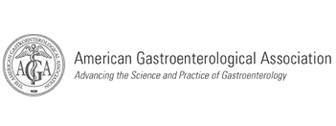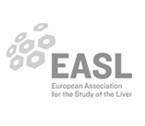Flexible Sigmoidoscopy
INTRODUCTION - A flexible sigmoidoscopy is an examination of the lower bowel/ large colon, usually only of the lower 20-60 cm of the large intestine.
There are several reasons that flexible sigmoidoscopy may be recommended in preference to a full colonoscopy. Commonly a flexible sigmoidoscopy is performed when it is thought that the area of disease is thought to be distal (lower than) to the splenic flexure. Colonoscopy allows the physician to examine the entire large intestine, and is preferred to flexible sigmoidoscopy if the entire colon needs to be examined.
REASONS FOR FLEXIBLE SIGMOIDOSCOPY - The most common reasons for flexible sigmoidoscopy are the following:
- Blood in the stool or rectal bleeding (sigmoidoscopy may be recommended to evaluate bleeding)
- Persistent diarrhea
- After radiation treatment to the pelvis when a patient has lower gastrointestinal symptoms
- For the medical management of colitis (inflammation of the colon)
PREPARATION - Fasting-Fast from foods for 8 hours and from liquids for 4 hours before the appointment time.
Bowel cleaning - The lower part of the colon must be cleaned to permit the endoscopist to see the inside lining of the colon. Preparation usually involves the administration of enemas shortly before the examination and these will be given at the endoscopy unit
Medications -People who take a blood thinning medication such as warfarin, clopidogrel (plavix, iscover) should consult with their clinician regarding the need to stop taking this medication temporarily.
Most medications for high blood pressure, heart disease, lung disease, and seizure disorders are safe during sigmoidoscopy and can be taken the day of the examination.
Medications for diabetes may need to be decreased before the test; patients should talk with their diabetes clinician.
WHAT TO EXPECT - Prior to the sigmoidoscopy, a nurse will administer the enema to prepare the bowel. A doctor will discuss the consent and procedure prior to the administration of sedation if this is required.
The procedure - The procedure may be performed with or without sedation, if sedation is required it is giving by an anaesthetist through an intravenous injection. Flexible sigmoidoscopy usually takes between five and fifteen minutes. It is performed while the patient lies on their left side with the legs curled up against the chest. The sigmoidoscope, which is approximately the size of one finger, is inserted into the anus and advanced through the rectum, sigmoid colon, and descending colon. The sigmoidoscope has a camera lens and a light source that permits the endoscopist to visualize the bowel lining. The endoscope allows the endoscopist to take biopsies (small pieces of tissue) and to introduce or withdraw fluid or air. Biopsies do not hurt because the lining of the colon does not sense pain. In general polyps are not removed as the level of bowel preparation does not allow the safe use of diathermy (electrical burning). Some patients will feel cramping as air is introduced through the scope and as the scope is passed through segments of the colon. The air is needed to permit the endoscopist to advance the scope and see the lining of the colon. It is common to feel embarrassed about releasing air through their rectum, although this is recommended to decrease discomfort. Let the endoscopist know if there is discomfort since air can also be removed through the scope.
COMPLICATIONS - Flexible sigmoidoscopy is a safe procedure and complications are rare.
Bleeding can occur from biopsies or the removal of polyps, but this is usually minimal and stops quickly or can be controlled. Polyps can only be removed if small and not requiring diathermy (burning the base of the polyp).
The scope can cause a tear or hole in the tissue being examined. This is a serious problem that does not occur commonly. This would result in surgery being required in most instances.
The following symptoms should be reported immediately:- Severe abdominal pain (not just gas cramps)
- A firm, distended abdomen
- Vomiting
- Fever
Bleeding greater than a few tablespoons
AFTER FLEXIBLE SIGMOIDOSCOPY - Although patients worry about discomforts of the examination, most people tolerate it very well and feel fine afterwards. Most patients are able to return to normal activities, including eating, after the examination. If sedation has been given you must have a responsible adult to accompany you and to care for you for 12 hours after the procedure. You are instructed not to drive or use machinery or tools, or to make important decisions for 24 hours after the procedure. The doctor will discuss the results after the procedure and a written report will be sent to your referring doctor.










